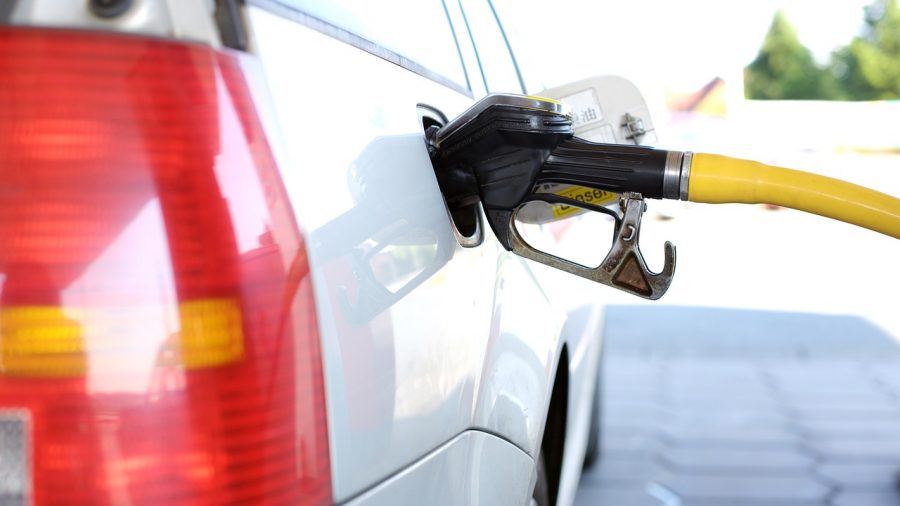Do we worry about petrol prices? The most popular vehicles in Australia are powerful and thirsty, which suggests reducing fuel is not a factor. Meanwhile, a 2017 study says the price of petrol still is the most popular reason why we choose a service station, but it’s certainly not the only one.
Less than half (48%) of respondents in the Australasian Convenience and Petroleum (ACAP) 2017 study say it’s the main reason for choosing a servo. This is markedly down from 60% who said so in 2015. Convenience is a big reason for the change in attitudes.
Convenience
Did you know 30% of us (or 40% of under 40s) go to a servo to buy something other than fuel? Of these, about a third do this at least once a week. These people are more likely to be female or under 40, and least likely to be over 60. (Probably, the over 60s are just not in the habit of buying food from a petrol station.)
We are also generally less loyal. In 2015, 29% of people said they always bought fuel from the same station. Today only 19% of drivers do so.
Comparing prices
If the ACAP survey is accurate, few people research the price of fuel before they buy. They mostly look at street signage.
- Only 11% of Australians use fuel price websites
- Over 70s are much more likely than younger motorists to use these websites
- Motorists in WA are 33% more likely than other states to compare fuel prices
- Some 8% use fuel price apps on their mobiles, especially under the 30s.
Generally, we prefer to stay loyal to one or two stations or use one that is close by. Few motorists travel out of their way just to get cheaper fuel.
Prices are down
Meanwhile, petrol prices are down. CommSec says household spending on petrol is the lowest it has been for more than 30 years. Similarly, the ACCC June 2017 report found fuel prices in 2016-17 were the lowest in 15 years (considering wages/inflation etc). So it makes sense that prices are not our biggest worry.
Even so, petrol prices do fluctuate up and down. This is partly because of the price of fuel in Singapore and South Korea: Australia imports 40% of its petrol and diesel. But the main reason is supply and demand – who wants it the most and how much is available.
Breakdown of price
Exactly how is the price of petrol spent? If you have just paid $1.32 for a litre of petrol, this is where it goes:
- 57% (75 cents) towards the refined product, including refining and shipping
- 33% (44 cents) for taxes, including GST
- 9% (12 cents) for wholesaler and retailer
- 1.5% (2 cents) for wholesaler
- 7.4% (10 cents) for retailer.
Out of its 10 cents per litre, the petrol station must pay for wages, utilities, insurance and processing charges. Such slim margins may explain why many of them are starting to go beyond just selling petrol.
No wonder most of them no longer offer driveway service. Still, could the return of driveway service be an incentive for a motorist who is not price sensitive? Would it influence your choice? Tell us on Facebook.


your opinion matters: